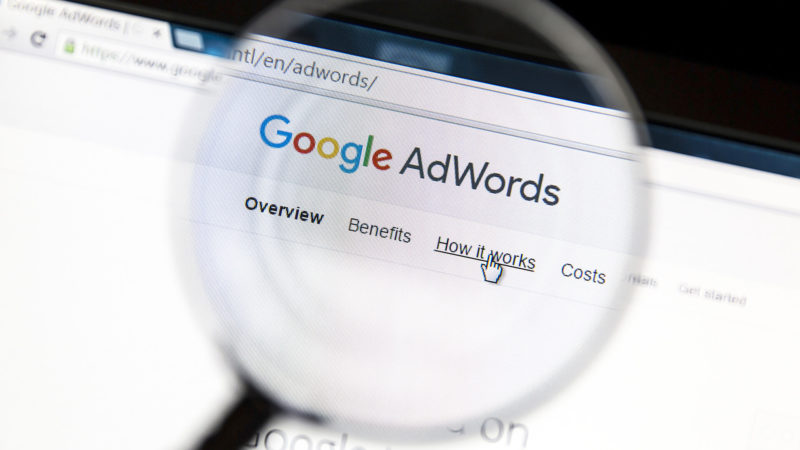
Auditing a prospective client’s Google AdWords account is a tried-and-true sales tactic when hoping to win business. By reviewing accounts, missed opportunities may be found, while issues with campaign structure, settings and optimizations can be addressed. Many agencies have checklists and/or specific areas they review when auditing accounts. However, as AdWords becomes more complex and new features are released, the traditional audit doesn’t cut it anymore.
In this post, I’ll address areas that are often neglected or not given enough thought when auditing AdWords accounts. Some are more technical than others, but the theme is that one size doesn’t fit all. Too often, our preconceived notions don’t allow us to view accounts in a different light. Understand and be open to how accounts are set up as you conduct your audits.
Here are four common issues marketers run into when auditing AdWords accounts:
1. Misunderstanding conversion tracking
One of the first items to be reviewed is how conversion tracking is set up. After all, conversion metrics tend to give the most insight into client goals. Along with making sure the conversion pixel is firing correctly, an audit will assess the various conversion types and how they are performing. A good place to begin is the “Conversions” section within the “Tools” tab. You can see how conversions are categorized.

It’s then imperative to look at the actual web pages on which the conversions are occurring. Often, the URL will include some variation of “thank you” or “confirmation.” For example, www.example.com/thanks or www.example.com/order-confirmation. When the URL contains this form of confirmation, it’s easy to determine that the conversions are legitimate. But as more sites become responsive and utilize IFrames, they may not include a separate confirmation URL.
Historically, if you saw a URL in the web pages section that didn’t appear to be a confirmation page, your first thought may have been that it was a pageview conversion. For example, the URL www.example.com/email-newsletter contains the signup form and isn’t the confirmation page. Thus, conversions may be inflated because the pixel is firing on the form, giving an inaccurate representation of performance. Though this scenario still happens, there tends to be another explanation.
Some sites don’t have confirmation pages. Whether through an IFrame or the syntax of the site, when a form submission or purchase occurs, the URL resolves back to itself. Even though www.example.com/email-newsletter appears to contain the signup form, it’s actually the conversion as well. Here is where platforms such as Google Tag Manager or Google Analytics come into play. These platforms have the ability to track button clicks as conversions and showcase this data in AdWords.
If you see what looks like a pageview conversion, it’s imperative that you investigate how it is tracked. It could very well be that the button click is the conversion. Instead of telling the potential client that conversions are inflated, you’ve done your research to know how the conversion is set up.
[Read the full article on Search Engine Land.]
Some opinions expressed in this article may be those of a guest author and not necessarily Marketing Land. Staff authors are listed here.
About The Author

Popular Stories
Related Topics
